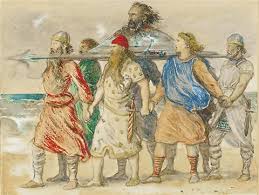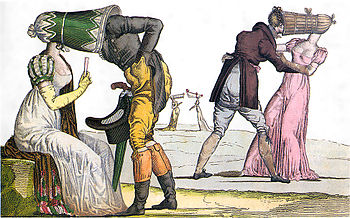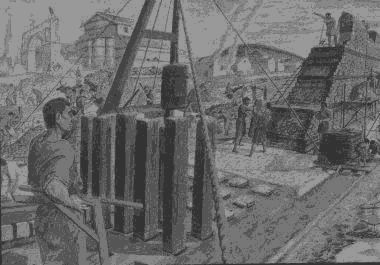December 2021
Ring in the New Year Virtual Tour
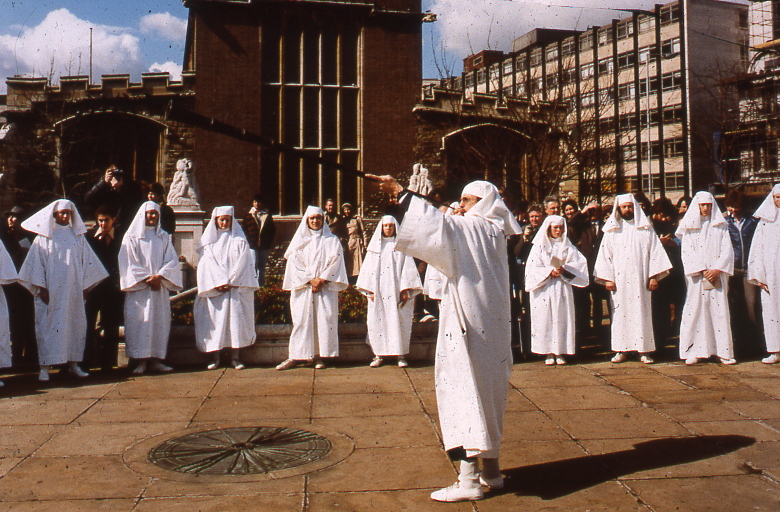
On this walk we look at how London has celebrated the New Year over the past 2000 years, and using our crystal ball look forward to what will befall London in 2022
Sunday January 2nd 2022 7.30pm
We look at London’s past to see where and how the Solstice might be celebrated. We also explore the different New Years we use and their associated Calendars – the Pagan year, the Christian year, the Roman year, the Jewish year, the Financial year, the Academic year and we reveal how these began. We look at folk traditions, Medieval Christmas Festivals, Boy Bishops, Distaff Sunday and Plough Monday, and other New Year London tradition and folklore.
At the end we use ancient methods to divine what is in store for us in 2022.
The walk finds interesting and historic places in the City of London to link to our stories of Past New Year’s Days. We begin, virtually, at Barbican Underground and continue to the Museum of London, the Roman Fort; Noble Street, Goldsmiths Hall, Foster Lane, St Pauls, Dr Commons, St. Nicholas Colechurch and on towards the River.
CHRISTMAS & JANE AUSTEN’S LONDON VIRTUAL WALK
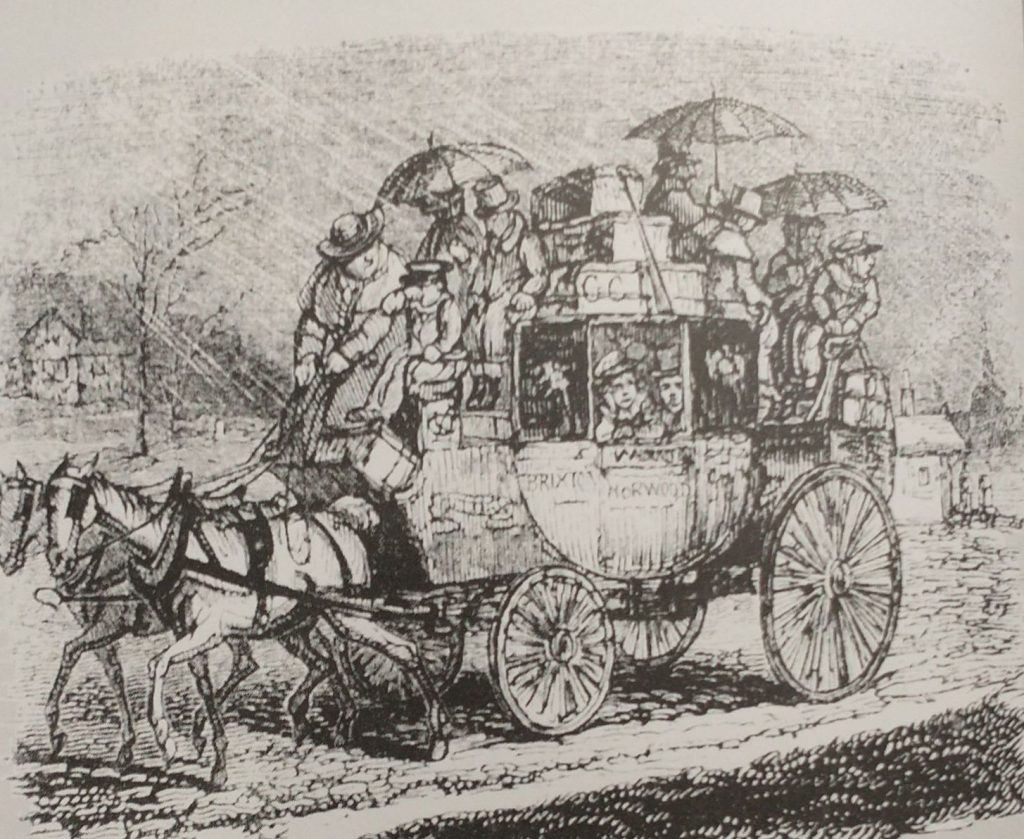
Sunday 19 December 2021 7.30pm
We look at Jane Austen’s London , Sense & Sensibility and Christmas traditions and amusements.
“It is a truth universally acknowledged, that a Jane Austen devotee in possession of the good fortune of a couple of free hours must be in want of this walk.”
The walk is in Mayfair, which Jane Austen frequented when visiting her banking brother, Henry and was the location of the London section of Sense and Sensibility. So its a fascinating place to follow the immoral Willoughby, sensible Elinor, overwrought Marianne, dull but nice Edward Ferrars, dull and horrible Robert Ferrars, stolid Colonel Brandon, vulgar but kind Mrs Jennings and her unforgivably vulgar daughter Mrs Palmer with her despairing husband; and the Steeles gals ruthlessly working their assets.
We also look at the traditions of Christmas during the Regency period and how Jane Austen might have celebrated it.
Mayfair was also the centre of the Ton – the wealthy elite of Regency London. It was here that the French Royal family in exile hung out. The haunt of Beau Brummel and the Prince Regent, loungers-in-chief who were so well satirised in the figure of Persuasion’s Sir Walter Elliot. This is where the rich shopped for guns, swords, cigars, snuff, hats, shoes, tailored clothes, uniforms, cures for constipation, wine, prostitutes, and lovers. They came to visit art galleries, see panoramas of European Cities, to ‘see the invisible woman living in her glass jar’, to choose their Wedgwood pottery
This is a London Walks Guided Walk by Kevin Flude, Museum Curator and Lecturer.
ROMAN LONDON – A LITERARY & ARCHAEOLOGICAL VIRTUAL WALK
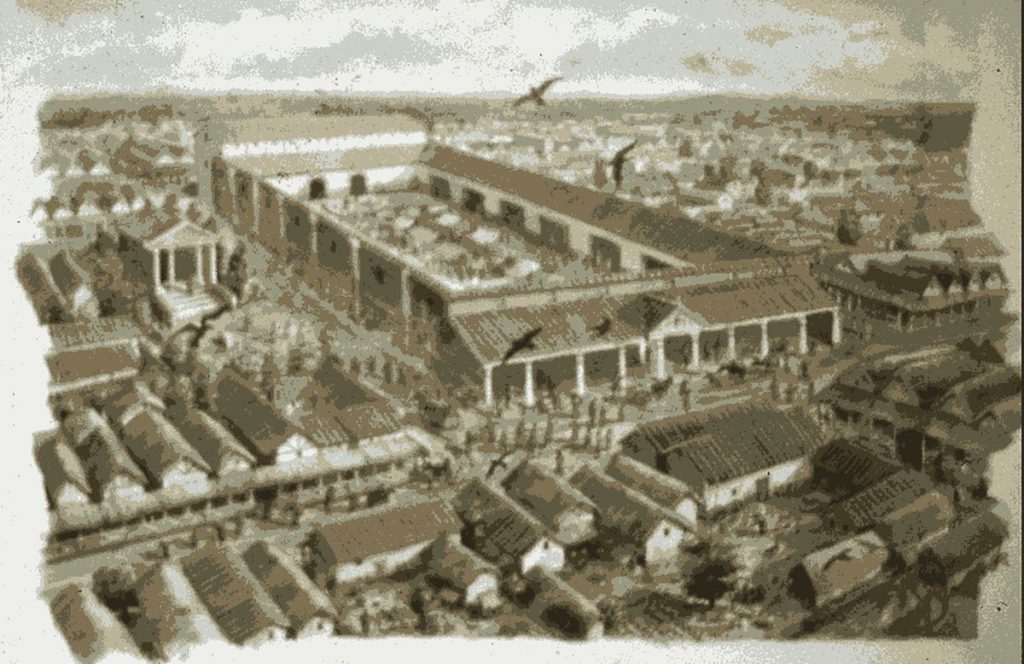
Sunday 12 December 2021 11.30 MONUMENT TUBE VIRTUAL TOUR 7.30pm
This is a virtual sightseeing tour of Roman London accompanied by Ovid, Martial, ex Museum of London Archaeologist Kevin Flude and others. It features the amazing archaeological discoveries of Roman London, and looks at life in the provincial Roman capital of Londinium.
We disembark at the Roman Waterfront by the Roman Bridge, and then explore the lives of the citizens as we walk up to the site of the Roman Town Hall, and discuss Roman politics. We proceed through the streets of Roman London, with its vivid and cosmopolitan street life via the Temple of Mithras to finish with Bread and Circus at the Roman Amphitheatre.
Publius Ovidius Naso and Marcus Valerius Martialis will be helped by Kevin Flude, former Museum of London Archaeologist, Museum Curator and Lecturer.
November 2021
ZEPPELIN NIGHTS – A VIRTUAL WALK FOR REMEMBRANCE SUNDAY
Sunday 14 November 2021 6.30pm
We follow the route of a Zeppelin Raid through London. On the way we discover London in World War 1
Oct 2021
MYTHS, LEGENDS, & HALLOWEEN WALK

SUNDAY 31st October 2021 2.30pm Tower Hill Underground Station
The walk tells the story of London’s myths and legends and the Celtic origins of Halloween.
The walk is led by Kevin Flude, a former archaeologist at the Museum of London, who has an interest both in the archaeological evidence as well as the myths and legends of London’s origin.
The walk will tell the story of a selection of London’s Myths and Legends, beginning with the tale of London’s legendary origins in the Bronze Age by an exiled Trojan called Brutus. Stories of Bladud, Bellinus, Bran and Arthur will be interspersed with how they fit in with archaeological discoveries.
As we around the City we also look at the origins of Halloween celebrations and how they may have been celebrated in early London
The virtual route starts at Tower Hill, then down to the River Thames at Billingsgate, to London Bridge and Southwark Cathedral, to the Roman Forum at the top of Cornhill, into the valley of the River Walbrook, passed the Temple of Mithras, along Cheapside to the Roman Amphitheatre, and finishing up in the shadow of St Pauls.
This is a London Walks Guided Walk. Look at their web site for a list of other of their amazing walks.
REVIEWS (from London Walks website)
“Kevin, I just wanted to drop you a quick email to thank you ever so much for your archaeological tours of London! I am so thrilled to have stumbled upon your tours! I have wanted to be an archaeologist since 1978 at the ripe old age of 8 years,… I was told for years that I could not be an archaeologist [for any number of reasons, which I now realise are completely ridiculous!], so I ended up on a different course of study. And now at the age of 50, it is my one great regret in life. So, I am thoroughly enjoying living vicariously through you, the digs you’ve been on, and the history you bring to life for us! British archaeology would have been my specific area of study had I pursued it. ?? Thank you SO MUCH for these! I look forward to them more than you can imagine, and honestly, I’ll be sad if you get them down to 1.5 hours! They’re the best 2 hours of my week! Best, Sue
Sept 2021
RING IN THE EQUINOX VIRTUAL WALK

Tuesday 21st September 2021 7.30pm
On this walk we look at London at the Equinox, its calendars, folklore and events associated with the beginning of Autumn
To book
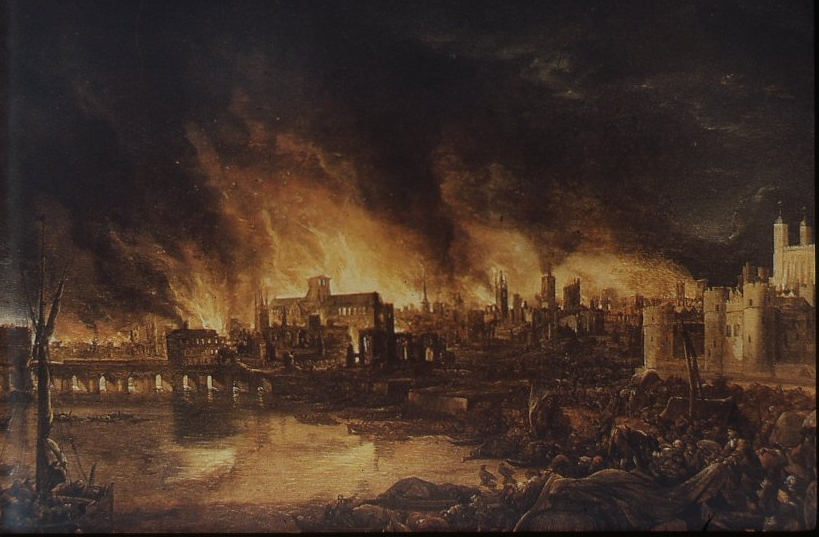
I am preparing my autumn and winter programme of Virtual Tours but am starting with:
THE GREAT FIRE OF LONDON ANNIVERSARY VIRTUAL WALK
Virtual Zoom Walk on Sunday Sept 5th 6.30pm
Short Description
On the Anniversary of the Great Fire of London we retrace the route of the fire of 1666 from Pudding Lane to Smithfield.
Description
Along with the Norman Conquest of 1066 and winning the World Cup in 1966 the Great Fire in 1666 are the only dates the British can remember! And we remember the Great Fire because it destroyed one of the great medieval Cities in an epic conflagration that shocked the world.
At Pudding Lane we investigate theories as to how the Fire started, and spread so quickly. At the Monument we look at whom contemporary Londoner’s blamed for the Fire and why they might have started it.
We follow the Fire through the streets, alleys, houses, squares and churchyards of the City and look at the few post-fire buildings that have survived redevelopment. The walk puts the Great Fire in the context of the time – Civil War, anti-catholicism, plague, and the commercial development of London. We also look at Stuart fire fighting techniques and.the rebuilding of the City after the Great Fire.
The walk brings to life 17th Century London, and vividly recreates the drama of the Fire as experienced by eye-witnesses. Route includes: Fish Street Hill, Pudding Lane, Monument, Royal Exchange, Guildhall, Cheapside, St Pauls, Amen Corner, Newgate Street, Smithfield.
To Book click here
JUNE 2021
THE PEASANTS REVOLT ANNIVERSARY VIRTUAL WALK
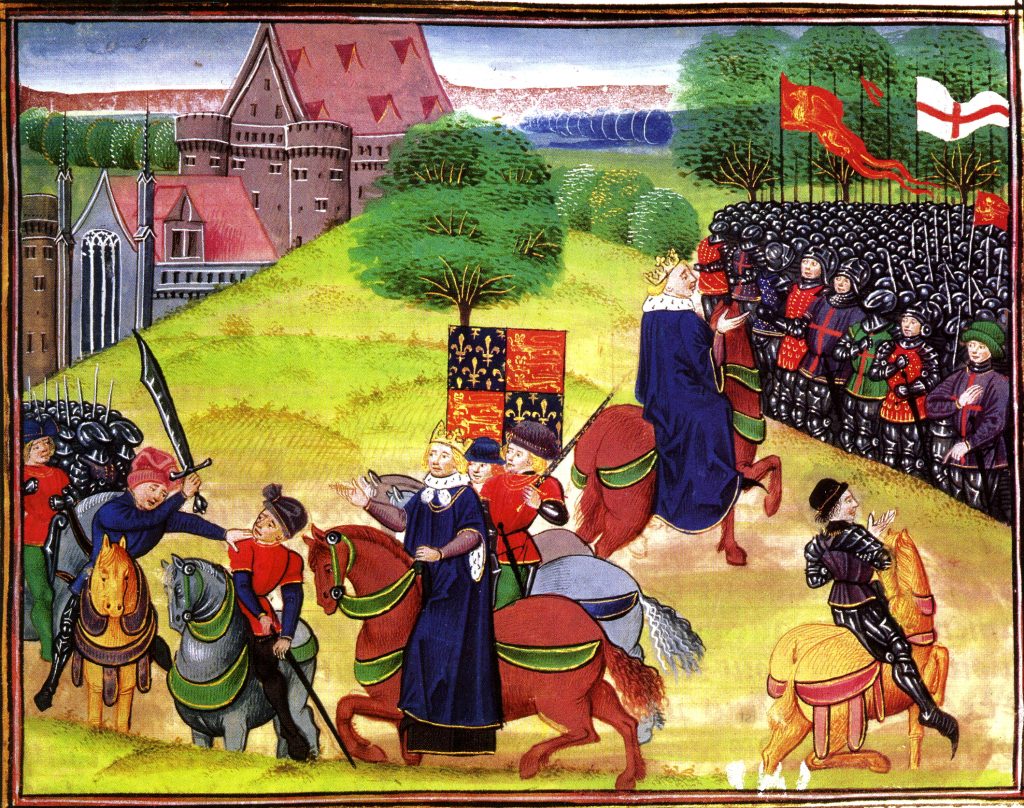
Sunday 13th June 2021 6.30pm
A Virtual Walk tracking the progress of the Peasants as they take control of London
JANE AUSTEN’S VIRTUAL LONDON SENSE & SENSIBILITY WALK
Sunday 20th June 2021 6.30pm
Exactly what it says on the tin. With sense, sensibility, pride but no prejudice we’re on the trail of the great novelist. Jane Austen’s London.
MAY 2021
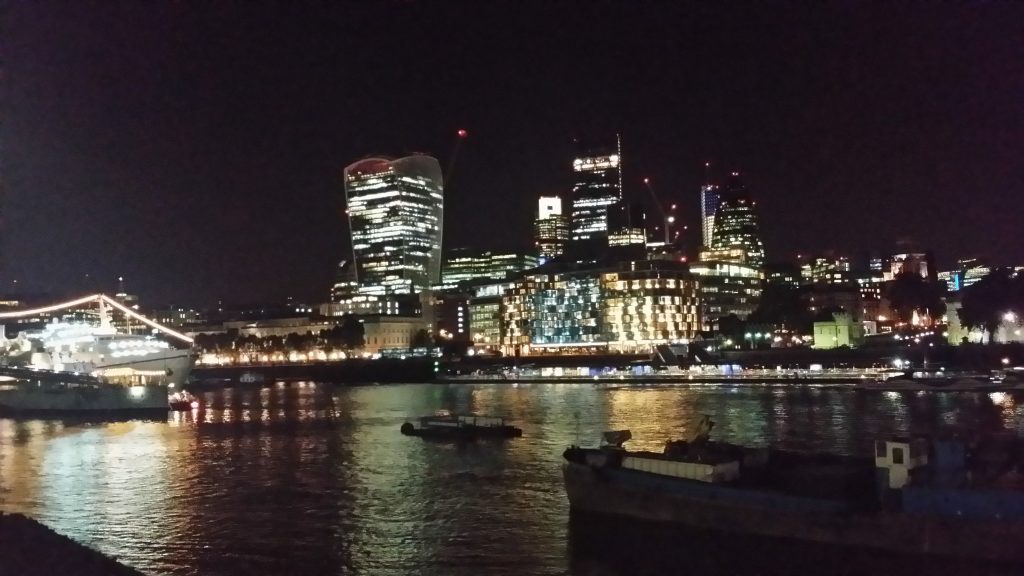
THE FINANCIAL CITY FROM SLAVERY TO HEDGE FUND VIRTUAL WALK
SUNDAY 30th May 2021 6.30pm
A Virtual Walk in the historic City of London on the development of the Financial City from 16th Century to the present day
To book
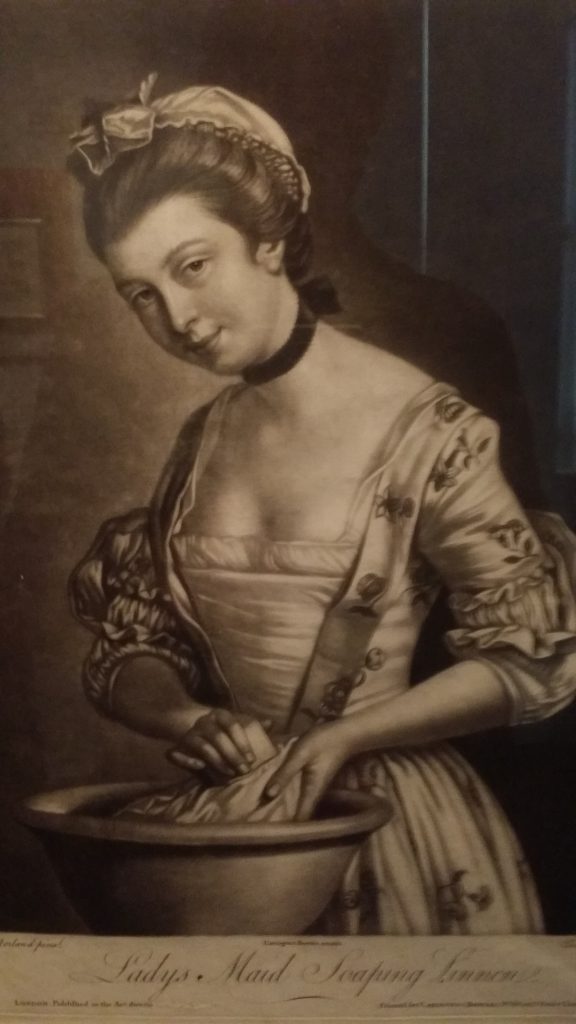
JANE AUSTEN’S VIRTUAL LONDON – A PICTURE OF LONDON 1809 WALK
Sunday 23rd May 2021 6.30pm
With the help of a contemporary Guide Book, her letters, and works we explore Austen’s London
To book
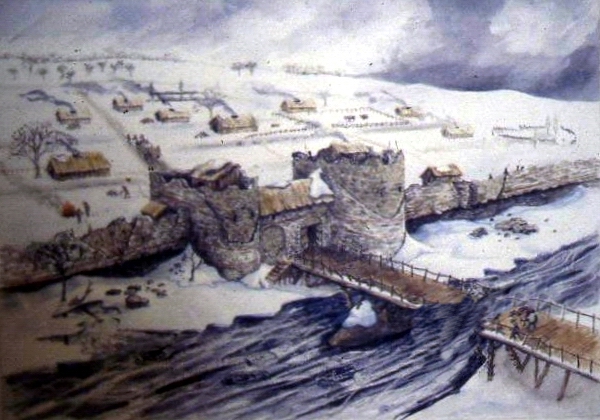
THE DECLINE AND FALL OF ROMAN LONDON ARCHAEOLOGY VIRTUAL WALK
Thursday 13th May 2021 6.30pm
An exploration of what happened at the end of the Roman Period, and how the City became deserted, and then, reborn as an English City.
THE LONDON OF THOMAS MORE AND THOMAS CROMWELL.
THE CITY OF WOLF HALL VIRTUAL BOAT TRIP AND WALK
Sunday 16 May 2021 6.30pm
We begin on the River touring by boat the Tudor Palaces that were the backdrop to the drama of Henry’s Court. We then walk around the City to find where the two Thomases lived and died.
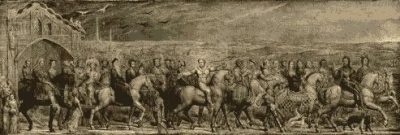
(1757 – 1827, English) Painting entitled ‘The Canterbury Pilgrims’
by William Blake PC.89
CHAUCER’S LONDON TO CANTERBURY PILGRIMAGE
Sunday 9th May 2021 6.30pm
A Virtual Walk exploring Chaucer’s London, the Canterbury Tales and the route to Canterbury
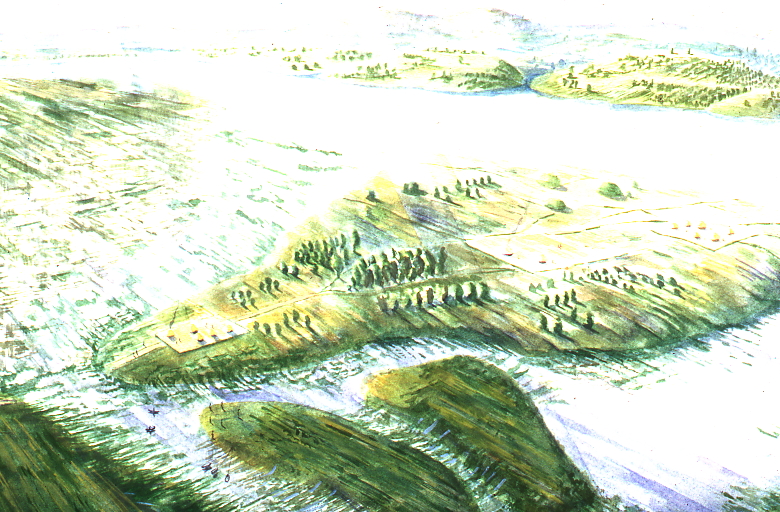
LONDON BEFORE LONDON – PREHISTORIC LONDON VIRTUAL COACH TOUR
Sunday 25th April 2021 6.30pm
An exploration of London before the foundation of Londinium

THE DECLINE AND FALL OF ROMAN LONDON ARCHAEOLOGY VIRTUAL WALK
Sunday 18th April 2021 6.30pm
An exploration of what happened at the end of the Roman Period, and how the City became first deserted, and then a Saxon, German speaking English City.
ROMAN LONDON – ARCHAEOLOGY VIRTUAL TOUR
Sunday 11th April 2021 6.30pm
The virtual walk looks at the amazing archaeological discoveries of Roman Londinium
THE ORIGINS OF LONDON ARCHAEOLOGY WALK
Thursday1st April 2021 6.30pm
The virtual walk looks at the amazing archaeological discoveries that uncovered the many origins of London.

JANE AUSTEN’S VIRTUAL LONDON – A PICTURE OF LONDON 1809 WALK
Sunday 28 March 2021 6.30pm
With the help of a contemporary Guide Book, her letters, and works we explore Austen’s London
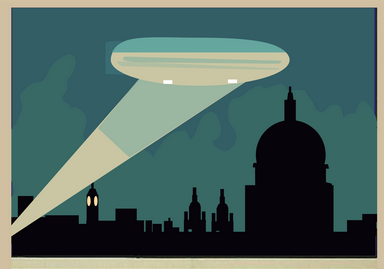
ZEPPELIN NIGHTS – A VIRTUAL WALK FOLLOWING THE 1915 BOMBING RAID THROUGH WW1 LONDON
Sunday 14 March 2021 6.30pm
8th of September 1915, the Zeppelin dropped its first bombs near Russell Square and we follow it to its last bomb at Liverpool Street. On the way we discover London in World War 1
THE DECLINE AND FALL OF ROMAN LONDON ARCHAEOLOGY VIRTUAL WALK
Thursday 18th March 2021 6.30pm
An exploration of what happened at the end of the Roman Period, and how the City became deserted, and then, reborn as an English City.
RING IN THE EQUINOX VIRTUAL WALK
Saturday 20th March 2021 7pm
On this walk we look at London at the Equinox, its calendars, folklore and events associated with the beginning of Spring
MYTHS, LEGENDS OF LONDON VIRTUAL GUIDED WALK
Virtual Guided Walk Sunday 21 March 6.30pm
The walk will tell the story of the legendary origins of London as told by Geoffrey of Monmouth.
ROMAN LONDON – A LITERARY & ARCHAEOLOGICAL VIRTUAL WALK
Sunday 17th Jan 2021 6.30pm
The virtual walk looks at the amazing archaeological discoveries of Roman London, and an attempt to bring to life through archaeology and Roman literary sources what it was like to live in a provincial Roman Capital.
THE REBIRTH OF SAXON LONDON ARCHAEOLOGY VIRTUAL WALK
Sunday 24th Jan 2021 6.30pm
An exploration of what happened following the Roman Period. How did a Celtic speaking Latin educated Roman City become, first deserted, then recovered to become the leading City in a germanic speaking Kingdom?
CHAUCER’S MEDIEVAL LONDON VIRTUAL WALK.
Sunday 31st Jan 2021 6.30pm
A Virtual Walk around Medieval London following in the footsteps of its resident medieval poet – Geoffrey Chaucer
THE ARCHAEOLOGY OF LONDON BRIDGE & THE HISTORIC BOROUGH OF SOUTHWARK VIRTUAL WALK
Sunday 14 February 2021 6.30pm
The walk explores London Bridge and Southwark which are at the heart of pre-Roman, Roman and Medieval London’s Archaeology
Saturday 20 February 2021 7.00pm
A Virtual Walk around Medieval London following in the footsteps of its resident medieval poet – Geoffrey Chaucer
Sunday 21 February 2021 6.30pm
We begin on the River touring by boat the Tudor Palaces that were the backdrop to the drama of Henry’s Court. We then walk around the City to find where the two Thomases lived and died.
To book https://www.eventbrite.com/e/the-london-of-thomas-more-and-thomas-cromwell-wolf-hall-virtual-walk-tickets-136342428875JANE AUSTEN’S VIRTUAL LONDON WALK
Sunday 28 February 2021 6.30pm
Exactly what it says on the tin. With sense, sensibility, pride but no prejudice we’re on the trail of the great novelist. Jane Austen’s London.

